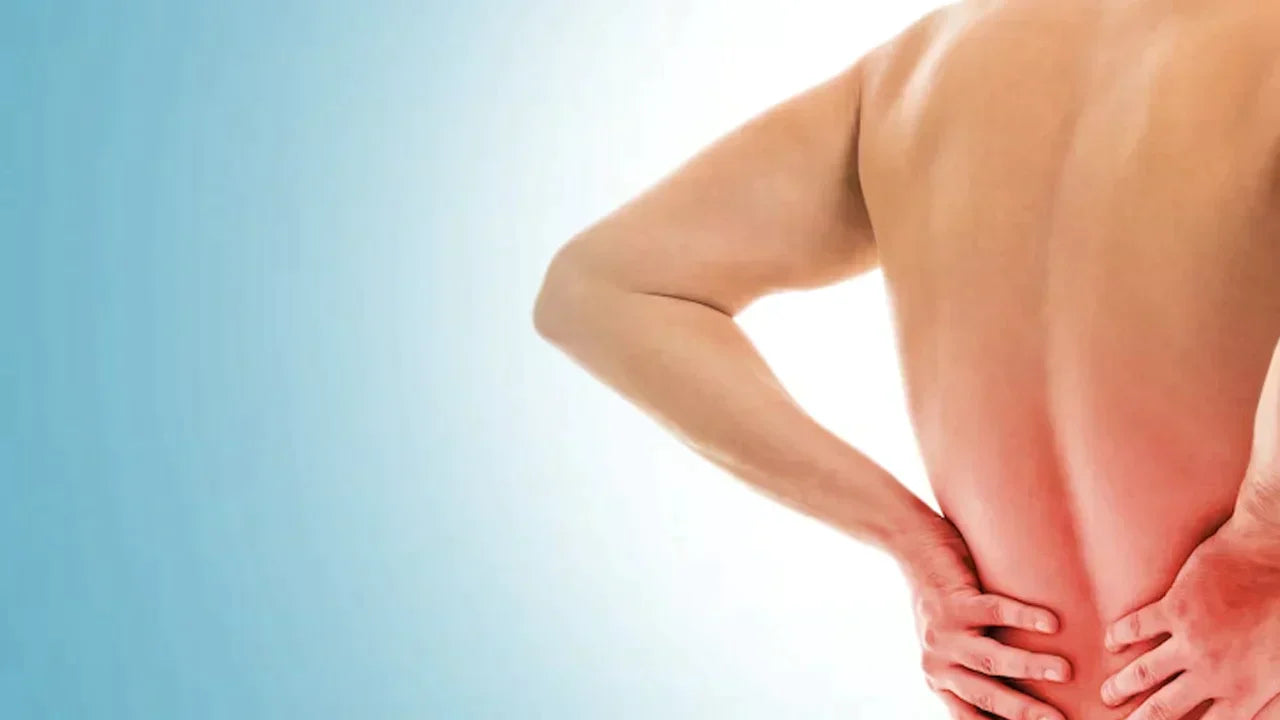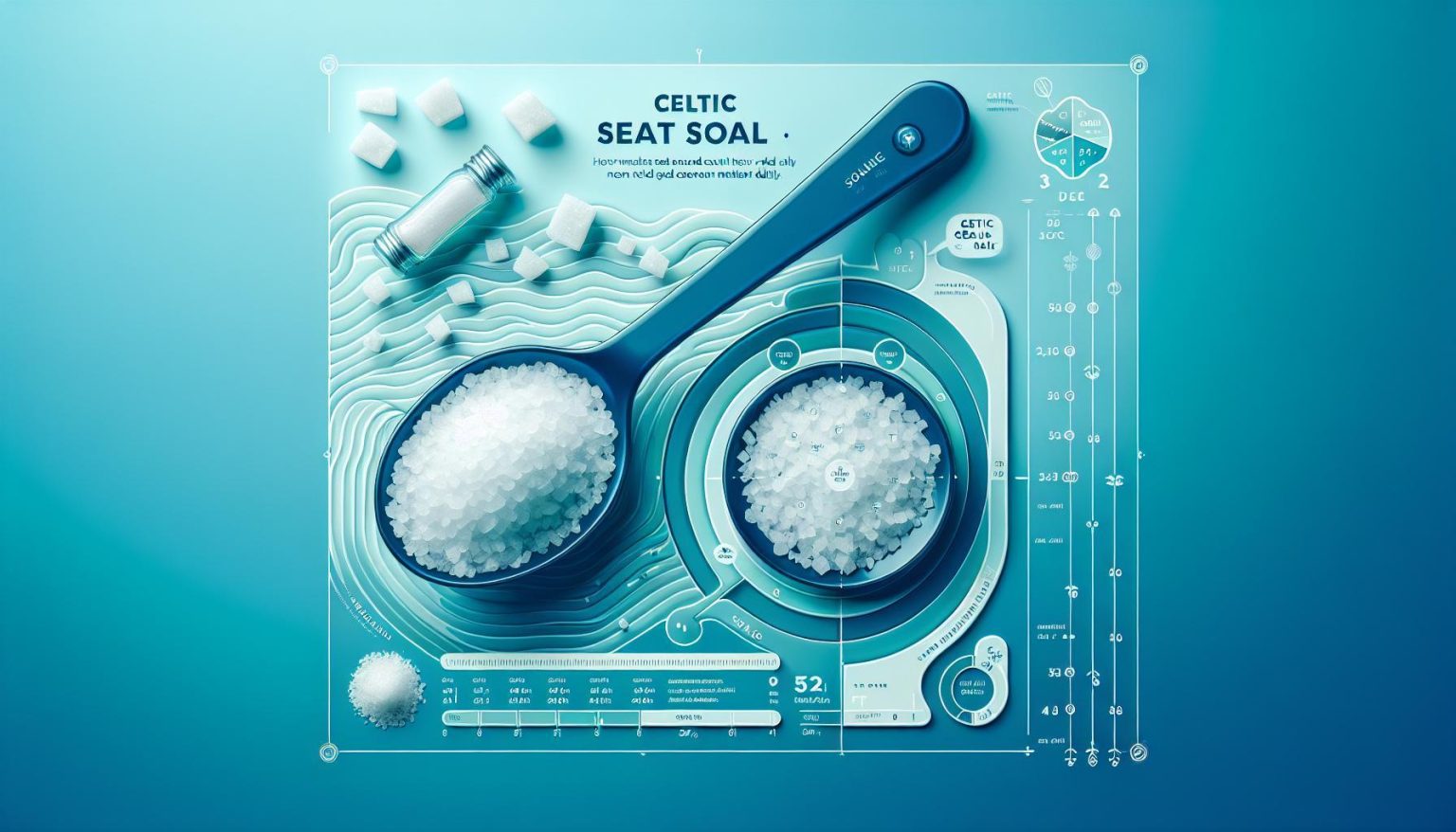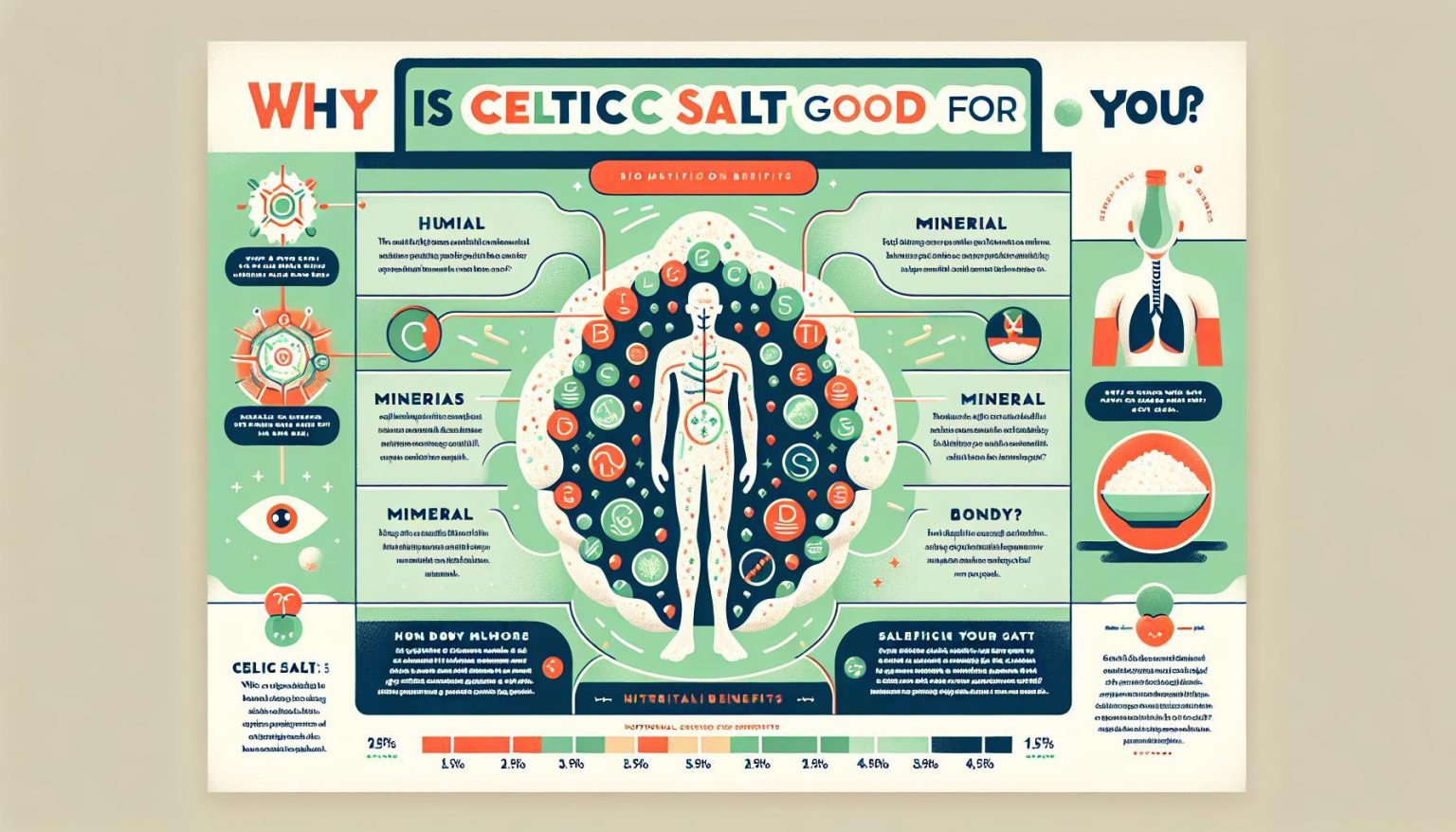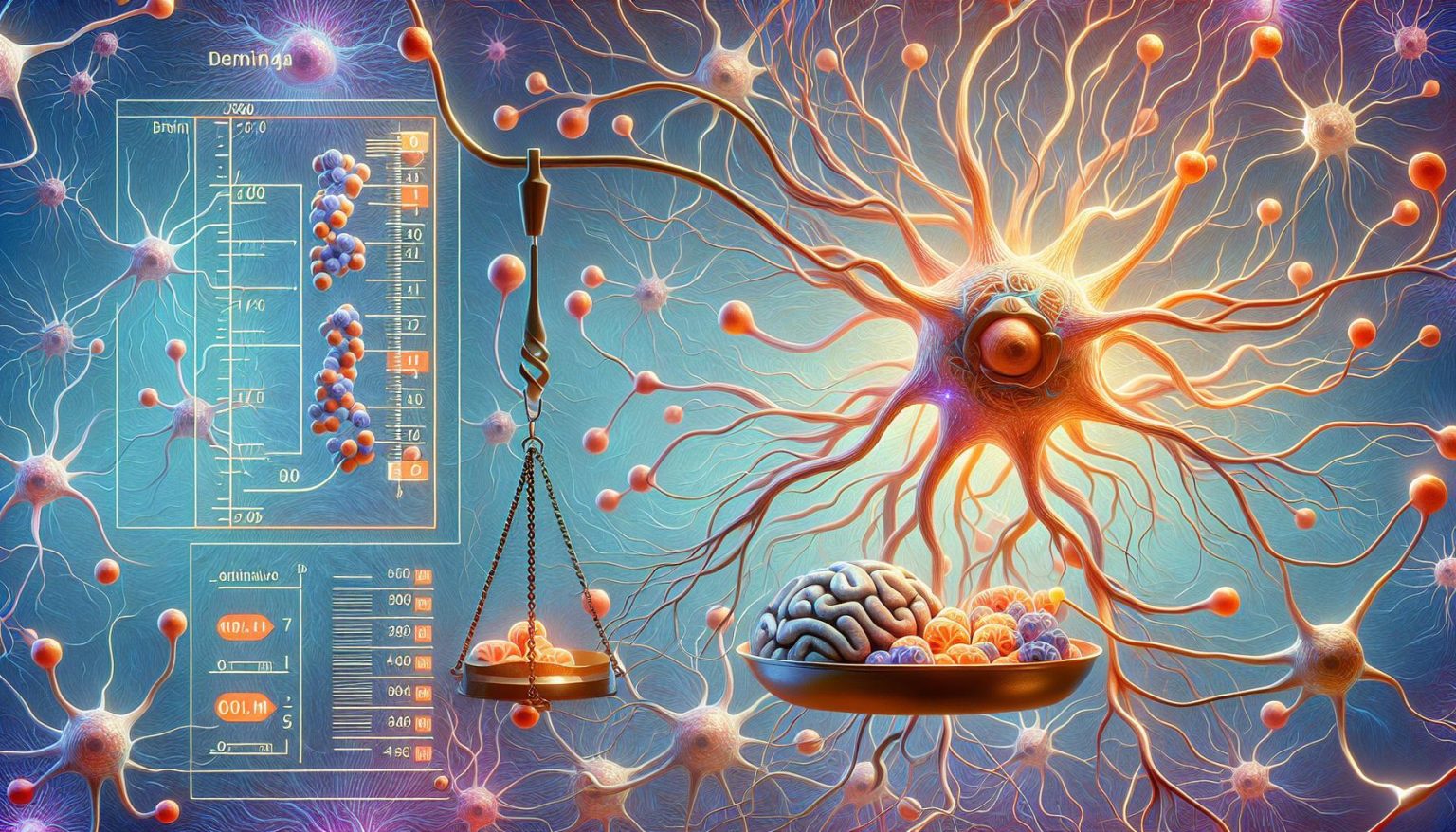Ah, the age-old quandary shared by many statin users! That peculiar intersection of wanting to maintain a healthy cholesterol level, yet dreading every footstep due to unexpected aches. So, which statin is least likely to cause muscle pain? It's high time we unravel this mystery. We're not just talking superficial details; we're delving into the heart of the matter.
Demystifying Muscle Pain in Statin Users

Statins, those life-saving, cholesterol-combatting champions, occasionally have a less glamorous side: they sometimes trigger discomfort. If you've ever found yourself pondering, "why do statins cause muscle pain?" then you've tapped into a common sentiment. It's an intricate dance between benefit and side effects. Protecting the heart is vital, but when the cost is muscle pain, the tune can feel offbeat.
Let’s delve into the science, just a smidge. Statins operate by inhibiting a specific enzyme involved in cholesterol production. However, these enzymes also have other roles in the body. When they're inhibited, it may affect muscle cell functions, leading to those unwelcome aches and pains. And while the majority might tolerate them well, for some, it's like an unexpected thorn in a bouquet of roses.
Which Statin is Least Likely to Cause Muscle Pain?
The Role of the Lower Limbs
Identifying The Culprit
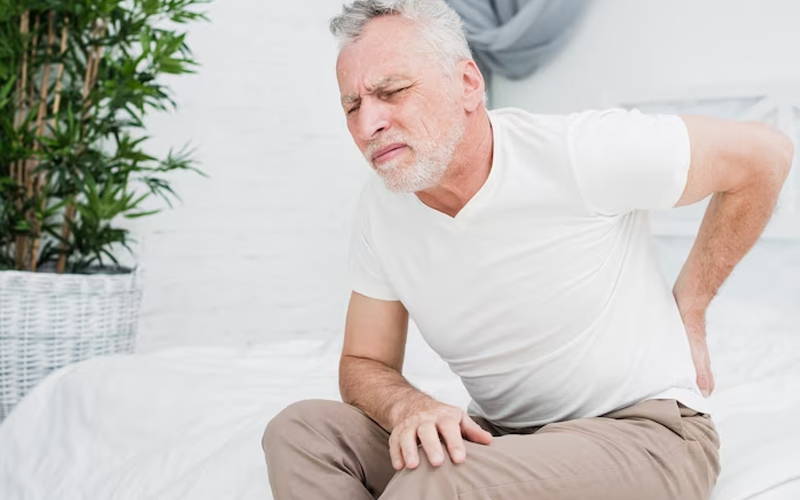
A Step Towards Relief
Anecdotes vs. Data


